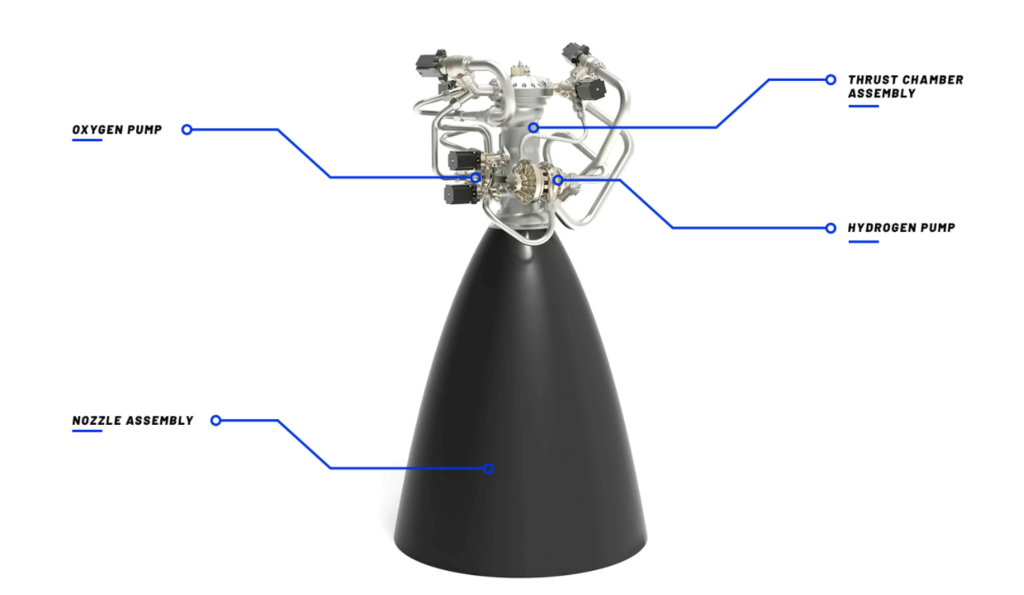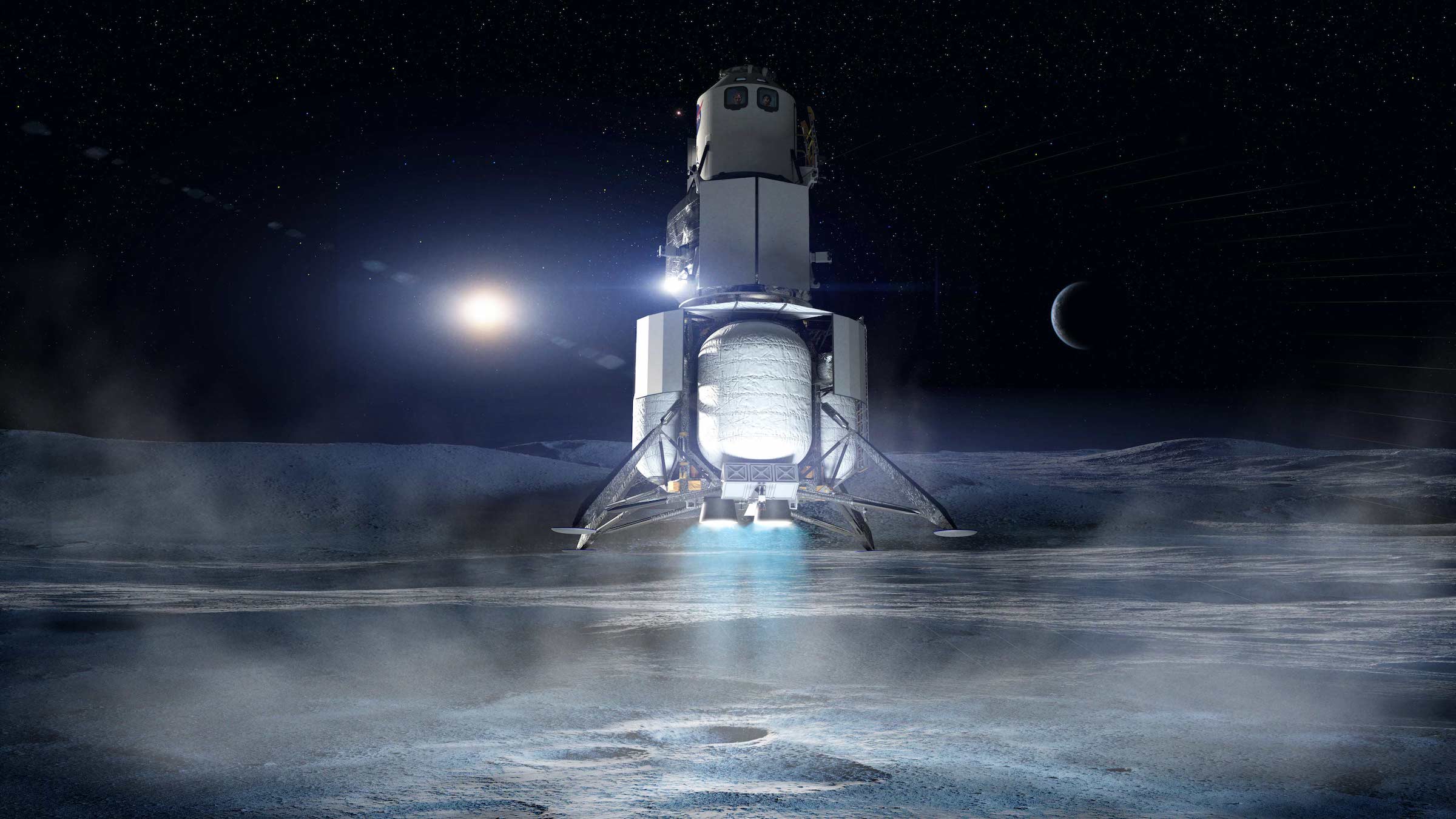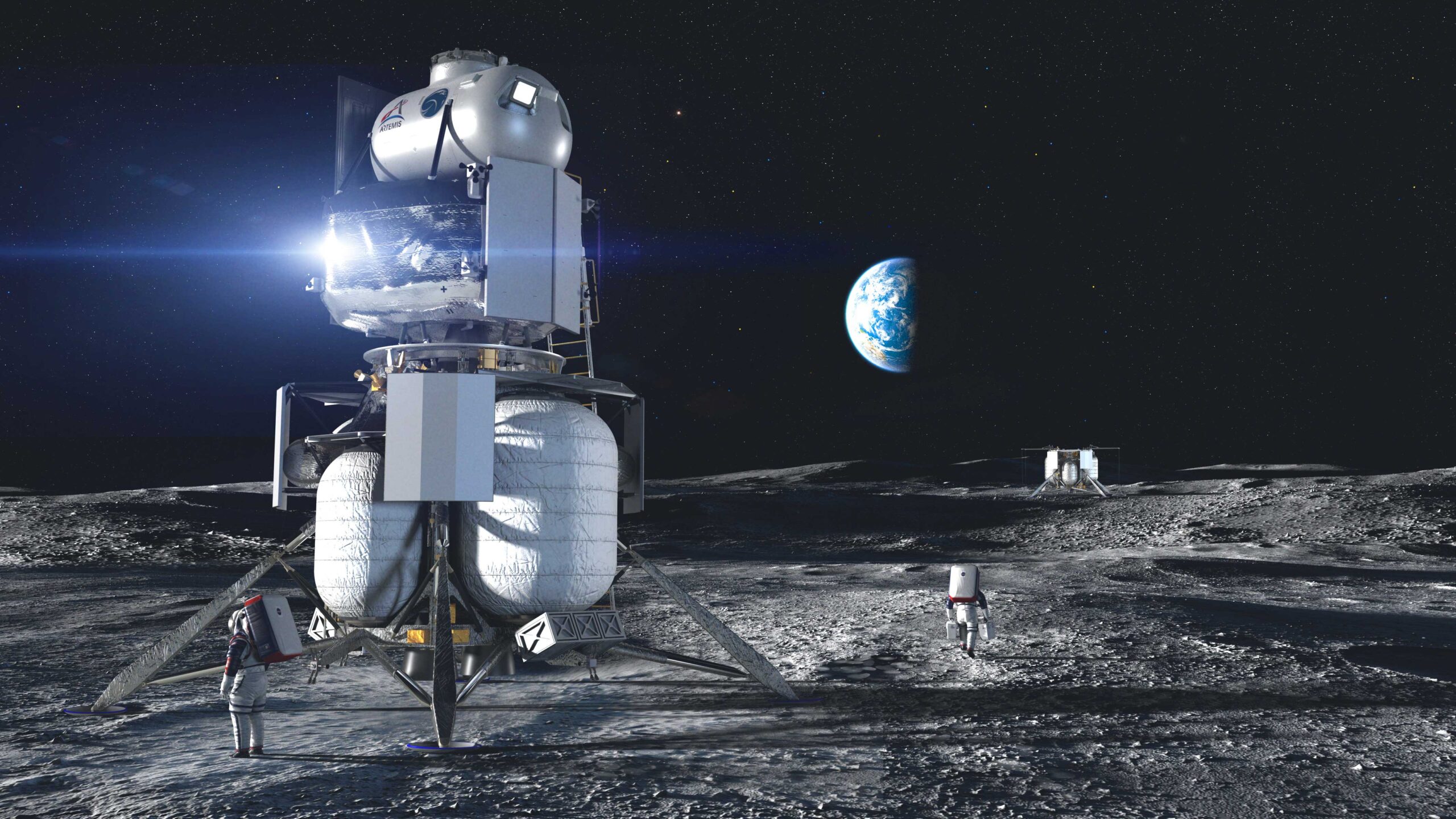
What Exactly Went Wrong With Blue Origin’s Human Landing System
As time goes on, we get closer and closer to some of the initial Artemis missions. A key component to many of these future trips to the Moon involves a high-quality Human Landing System. Not long ago NASA offered a large sum of money to the best HLS option from three different groups including SpaceX, Dynetics, and the National Team led by Blue Origin. Unfortunately for Blue Origin there were a few significant reasons why they were not picked.
NASA choose SpaceX and highlighted in a detailed report exactly why Blue Origin was not picked. Some of the main problems include propulsion system development risks, uncertainty within the supplier section, and more. All of which ended up leading NASA to pass on Blue Origin and the National Team for this crucial Artemis contract. In addition, not only did Blue Origin’s HLS not win the award but they still need to acknowledge the list of problems highlighted by NASA.
Unfortunately for Blue Origin, many of the company’s future projects are facing issues related to engines. The propulsion system on practically anything you send into space is vital including a next-generation launch vehicle or a human landing system for the Moon. Here I will go more in-depth into the exact problems with Blue Origins’ human landing system.
Propulsion Complications

NASA’s HLS contract decision provides a lot of valuable information on Blue Origin’s Human Landing System and the choice that was made. What’s important to point out is that rather than SpaceX’s design winning because it was simply better in multiple aspects, in reality, there were multiple key problems with Blue Origin’s HLS that led to the company not being picked. These reasons are highlighted throughout the report in detail. Specifically, in NASA’s Source Selection Statement, they first mention that “the SEP evaluated Blue Origin’s proposal as having two strengths and two significant weaknesses that I find to be particularly notable. This first has to do with Blue Origin’s propulsion system for all three of its main HLS elements. This includes the ascent, descent, and transfer elements. The main problem with these propulsion systems is they create significant development and schedule risks, many of which are inadequately addressed by Blue Origin. It seems similar to other next-generation engines such as BE-4, Blue Origin has not been the fastest regarding development and manufacturing. The report went on to mention that, “These propulsion systems consist of complex major subsystems that have low Technology Readiness Levels (TRLs) and are immature for Blue Origin’s current phase of development.” Not only this, but Blue Origin’s proposal reveals that its Ascent Element’s engine preliminary design reviews and integrated engine testing occur well after its lander element critical design reviews, indicating a substantial lag in development behind its integrated system in which the engine will operate. This increases the likelihood that functional or performance issues found during engine development testing may impact other, more mature Ascent Element subsystems, causing additional schedule delays.
Not only are there issues related to the Ascent Element of Blue Origin’s HLS, but there are also concerns with both the Descent and Transfer Elements. The report went on to say, “Further compounding these issues is significant uncertainty within the supplier section of Blue Origin’s proposal concerning multiple key propulsion system components for the engine proposed for its Descent and Transfer Elements.” Apart of the Nation Team, Blue Origin provides the Descent Element. The propulsion system for this element is the BE-7 engine. The BE-7 engine is meant to be an additively manufactured, high-performance, dual-expander cycle engine, generating 40 kN of thrust. Blue Origin points out, “We are maturing the design, manufacturing hardware and have begun hotfiring the engine.” However, when applied to the Human Landing System, many complications arise related to schedule and more. The proposal identifies certain components as long lead procurements and identifies them in a list of items tied to significant risks in Blue Origin’s schedule. Yet despite acknowledging that the procurement of these components introduces these risks, Blue Origin’s proposal also states that these components will be purchased from a third-party supplier, which suggests that little progress has been made to address or mitigate this risk. The report is confident that multiple key attributes are largely absent from Blue Origin’s technical approach. Lastly, they point out that, “numerous mission-critical integrated propulsion systems will not be flight tested until Blue Origin’s scheduled 2024 crewed mission.” This delays the Human Landing System further than what was expected.
Additional Problems

Blue Origin’s Human Landing System not only faces errors related to propulsion systems but also communication. Specifically, the Source Selection Statement found that four or maybe five of Blue Origin’s HLS proposed communications links, will not close as currently designed. Some of these links include HLS and Orion, as well as Direct-to-Earth communications. The report highlights that, “This is significant, because as proposed, Blue Origin’s communications link errors would result in an overall lack of ability to engage in critical communications between HLS and Orion or Earth during lunar surface operations.” As you can imagine communication is a vital resource on any mission in space and becomes more important the further you are from Earth. Blue Origin’s HLS also has complications related to cryogenic fluid management. Blue Origin’s choice of cryogenic propellant for the majority of its mission needs will require the use of several critical advanced CFM technologies that are both low in maturity and have not been demonstrated in space. Blue Origin’s propellant choice also presents challenges in terms of storage temperature, which only increases the difficulty of maturing the necessary CFM technologies.
In addition, several segments of Blue Origin’s proposed nominal mission timeline result in either limitations on mission availability and trajectory design and or over-scheduling of the crew, resulting in unrealistic crew timelines. Blue Origin’s proposed Initial Lunar Operations phase duration reduces the number of viable mission dates. Additionally, its proposed descent timeline requires a longer crew day to complete all required tasks. This long descent day is required to enable an EVA after the crew’s first sleep period on the Moon. As proposed, Blue Origin’s ascent day suffers from similar challenges. In particular, the proposed mission profile requires a jettison EVA to reduce the Ascent Element mass prior to liftoff, but the series of activities required to perform this jettison EVA extend the duration of crew operations for ascent day. These timing issues are crucial for any Human Landing System as time on the surface is invaluable. These problems among others led to NASA’s decision and represent some of the problems Blue Origin’s Human Landing System is facing.
Conclusion
Blue Origin, leading the National Team, worked to develop a Human Landing System for future missions to the Moon. NASA ended up picking SpaceX not just because they liked the design more but the long list of complications with Blue Origin’s design. These problems mainly include propulsion, communication, delays, and more. All of which will need to be addressed prior to any success for this Human Landing System. We will have to wait and see how it develops over time and the impact it has on the space industry.
